Marc Rasi
Natural Language Outlines for Code: Literate Programming in the LLM Era
Aug 09, 2024



Abstract:We propose using natural language outlines as a novel modality and interaction surface for providing AI assistance to developers throughout the software development process. An NL outline for a code function comprises multiple statements written in concise prose, which partition the code and summarize its main ideas in the style of literate programming. Crucially, we find that modern LLMs can generate accurate and high-quality NL outlines in practice. Moreover, NL outlines enable a bidirectional sync between code and NL, allowing changes in one to be automatically reflected in the other. We discuss many use cases for NL outlines: they can accelerate understanding and navigation of code and diffs, simplify code maintenance, augment code search, steer code generation, and more. We then propose and compare multiple LLM prompting techniques for generating outlines and ask professional developers to judge outline quality. Finally, we present two case studies applying NL outlines toward code review and the difficult task of malware detection.
Probabilistic Tracking with Deep Factors
Dec 02, 2021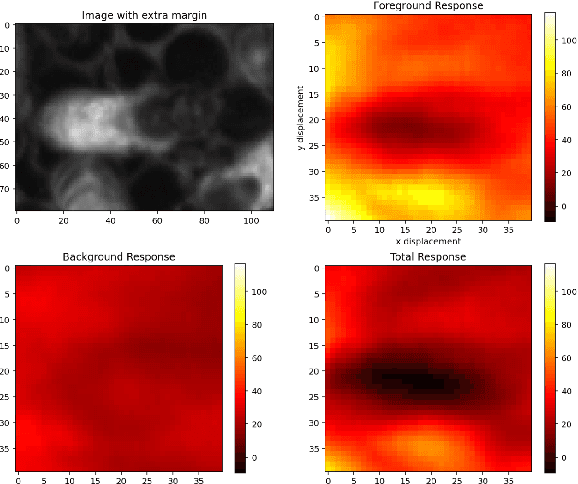
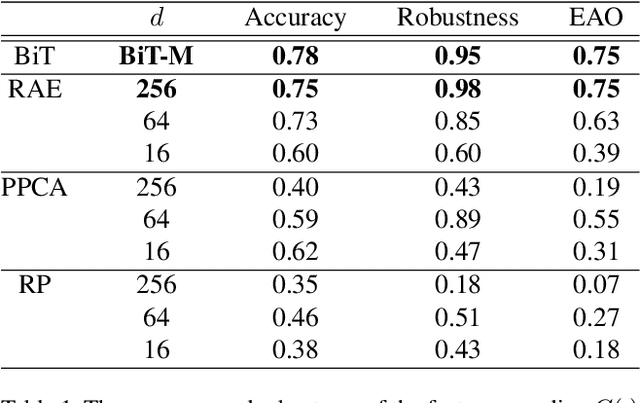
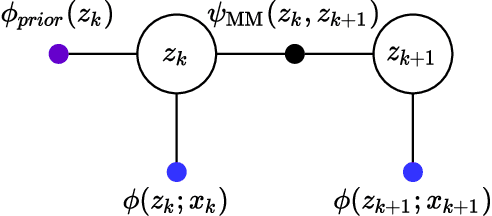
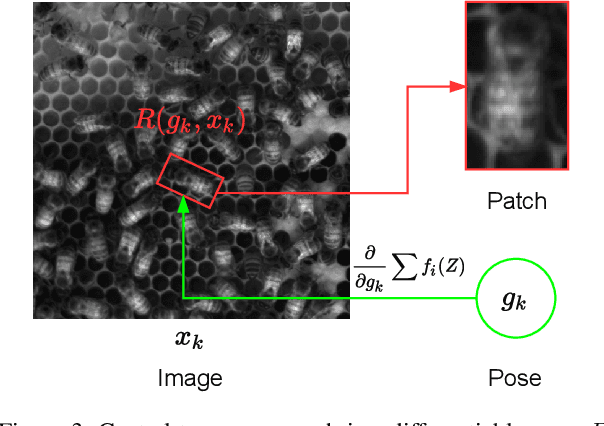
Abstract:In many applications of computer vision it is important to accurately estimate the trajectory of an object over time by fusing data from a number of sources, of which 2D and 3D imagery is only one. In this paper, we show how to use a deep feature encoding in conjunction with generative densities over the features in a factor-graph based, probabilistic tracking framework. We present a likelihood model that combines a learned feature encoder with generative densities over them, both trained in a supervised manner. We also experiment with directly inferring probability through the use of image classification models that feed into the likelihood formulation. These models are used to implement deep factors that are added to the factor graph to complement other factors that represent domain-specific knowledge such as motion models and/or other prior information. Factors are then optimized together in a non-linear least-squares tracking framework that takes the form of an Extended Kalman Smoother with a Gaussian prior. A key feature of our likelihood model is that it leverages the Lie group properties of the tracked target's pose to apply the feature encoding on an image patch, extracted through a differentiable warp function inspired by spatial transformer networks. To illustrate the proposed approach we evaluate it on a challenging social insect behavior dataset, and show that using deep features does outperform these earlier linear appearance models used in this setting.
Swift for TensorFlow: A portable, flexible platform for deep learning
Feb 26, 2021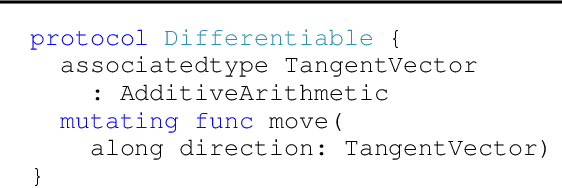


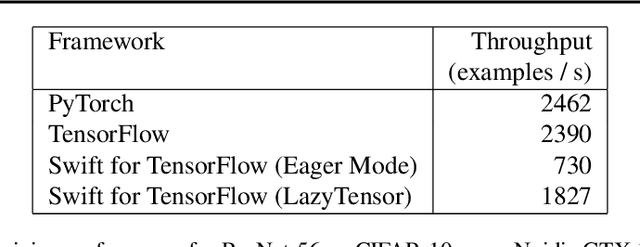
Abstract:Swift for TensorFlow is a deep learning platform that scales from mobile devices to clusters of hardware accelerators in data centers. It combines a language-integrated automatic differentiation system and multiple Tensor implementations within a modern ahead-of-time compiled language oriented around mutable value semantics. The resulting platform has been validated through use in over 30 deep learning models and has been employed across data center and mobile applications.
 Add to Chrome
Add to Chrome Add to Firefox
Add to Firefox Add to Edge
Add to Edge